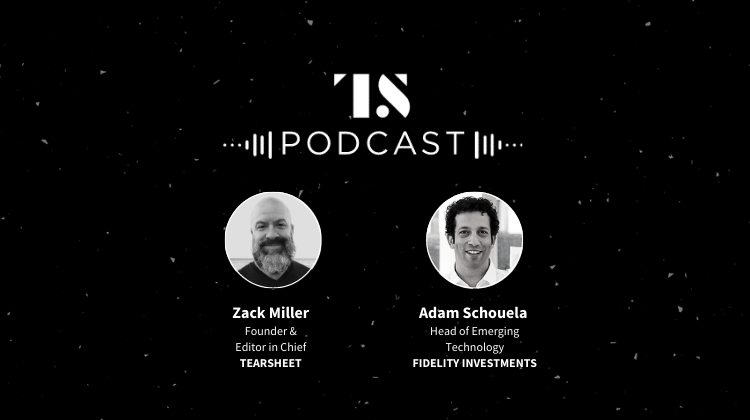Podcasts
‘The real magic happens in between the tech silos’: Fidelity Center for Applied Technology’s Adam Schouela
- FIs are looking how to leverage new technologies to serve their constituents.
- Adam Schouela of Fidelity's Center for Applied Technology joins us on the podcast to discuss what he's experimenting with now.









